(photo By mrmailbox)

(photo by mrmailbox)
More Posts from Smartler and Others
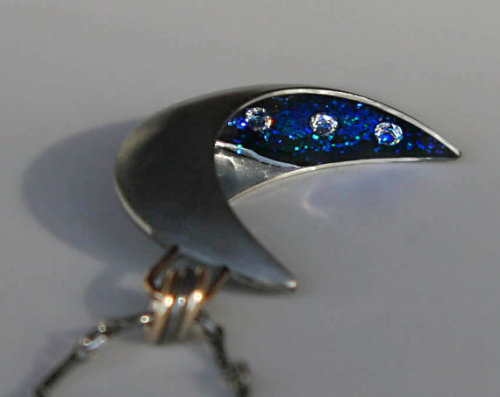
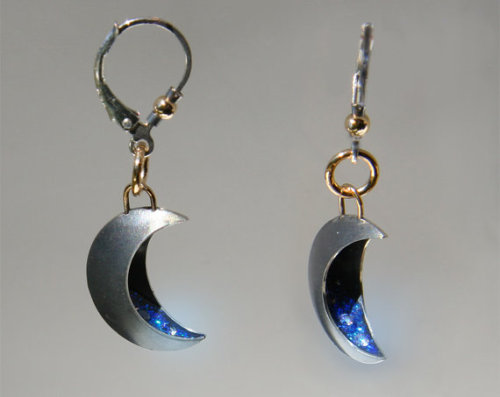
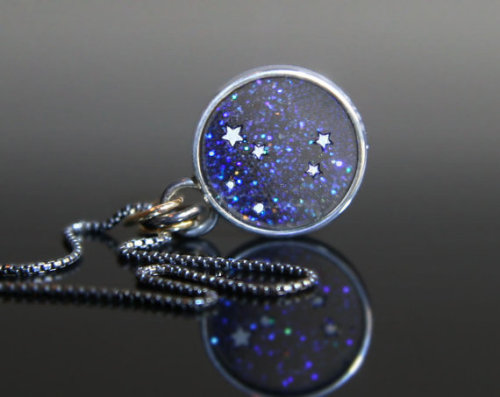
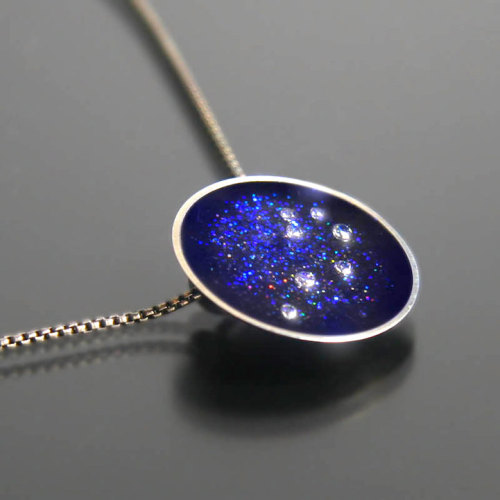
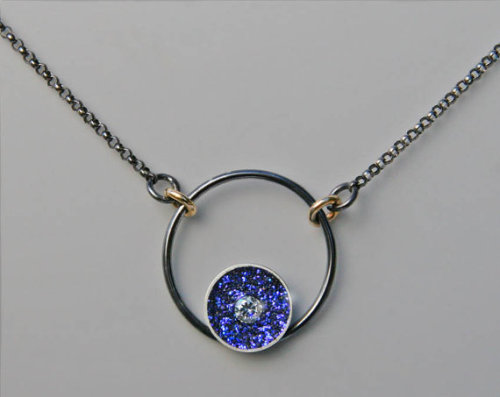
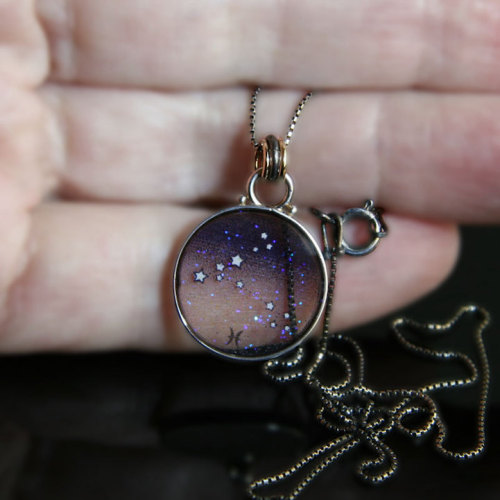
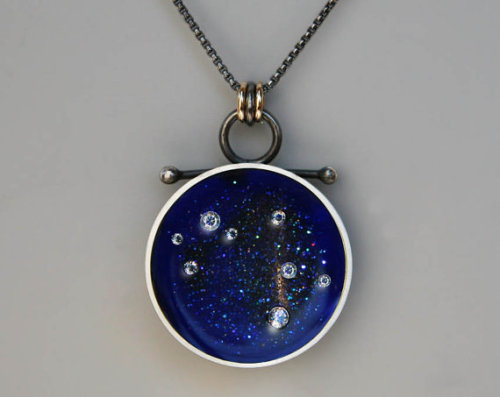
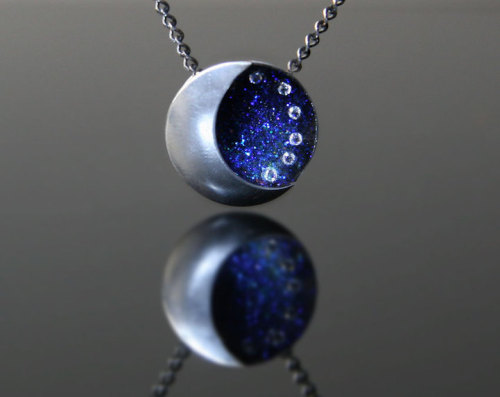
Handcrafted Jewelry Infused with the Spectacular Beauty of the Universe

Lest we forget
funny tumblr [via imgur]
Water on Mars!

Did you hear? New findings from our Mars Reconnaissance Orbiter (MRO) provide the strongest evidence yet that liquid water flows intermittently on present-day Mars.
Using an imaging spectrometer on MRO, we found hydrated minerals on slopes where mysterious streaks are seen on Mars. One thing that researchers noticed was that the darkish streaks appear to ebb and flow over time. During warm seasons, they darken and then fade in cooler seasons.

When discovered in 2010, these downhill flows known as recurring slope lineae (RSL) were thought to be related to liquid water. With the recent spectral detection of molecular water, we’re able to say it’s likely a shallow subsurface flow explains the darkening.
Mars is so cold, how could liquid water flow there? Great question! Since this liquid water is briny, the freezing point would be lower than that of pure water. Also, these saline slopes appear on Mars when temperatures are above minus 10 degrees Fahrenheit (minus 23 Celsius).
The dark, narrow streaks flowing downhill in the below image are roughly the length of a football field.

So there’s water, but how much? Currently we think this area has a very small amount of water, probably just enough to wet the top layer of the surface of Mars. The streaks are around four to five meters wide and 200 to 300 meters long.
Could humans drink this water? The salts in the water appear to be perchlorates, so you probably wouldn’t want to drink the water. It would most likely be very salty and would need to be purified before human consumption.
Perchlorate…What is that? A perchlorate is a salt that absorbs water from the air. Learn more about how it’s helping us unlock the mysteries of Mars in this video:
What’s next? We want to look for more locations where brine flows may occur. We have only covered 3% of Mars at resolutions high enough to see these features.
For more information on the Mars announcement, visit our Journey to Mars landing page. There is also a full recap of the press conference HERE, and a short recap below.
Make sure to follow us on Tumblr for your regular dose of space: http://nasa.tumblr.com
LIFE WELL SPENT
I have watched 2:40 hours of pingu so far.
I am creating a compilation of every NOOT NOOT in the entire series.
I am destroying myself.
This is it so far.
LOL, this whale popped out the ocean like, “Hey, what’s up, hello?!”
P.S. those kayakers are super soaked but totally fine.
If Earth had Saturn’s Rings
From an excellent post by Jason Davis
From Washington, D.C., the rings would only fill a portion of the sky, but appear striking nonetheless. Here, we see them at sunrise.

From Guatemala, only 14 degrees above the equator, the rings would begin to stretch across the horizon. Their reflected light would make the moon much brighter.

From Earth’s equator, Saturn’s rings would be viewed edge-on, appearing as a thin, bright line bisecting the sky.

At the March and September equinoxes, the Sun would be positioned directly over the rings, casting a dramatic shadow at the equator.

At midnight at the Tropic of Capricorn, which sits at 23 degrees south latitude, the Earth casts a shadow over the middle of the rings, while the outer portions remain lit.

via x
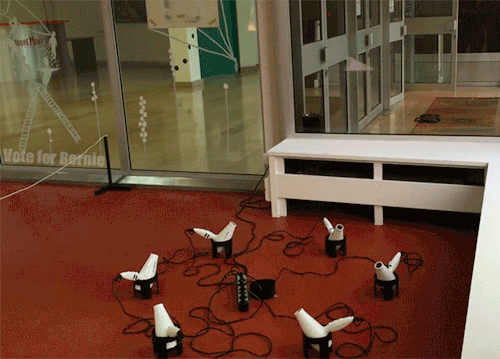
When engineers are bored.


(photo by Fallska)
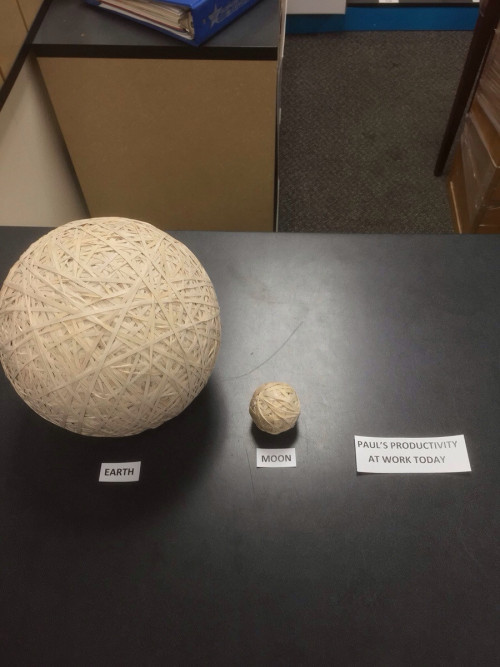
-
 idiotic-b-gilson reblogged this · 10 months ago
idiotic-b-gilson reblogged this · 10 months ago -
 spogifogy reblogged this · 11 months ago
spogifogy reblogged this · 11 months ago -
 spogifogy liked this · 11 months ago
spogifogy liked this · 11 months ago -
 anioryans reblogged this · 11 months ago
anioryans reblogged this · 11 months ago -
 anioryans liked this · 11 months ago
anioryans liked this · 11 months ago -
 alexmitl liked this · 11 months ago
alexmitl liked this · 11 months ago -
 ulthorrorfanatic liked this · 11 months ago
ulthorrorfanatic liked this · 11 months ago -
 pansexualcake9 reblogged this · 11 months ago
pansexualcake9 reblogged this · 11 months ago -
 pansexualcake9 liked this · 11 months ago
pansexualcake9 liked this · 11 months ago -
 dont-mind-me-i-just-exist reblogged this · 11 months ago
dont-mind-me-i-just-exist reblogged this · 11 months ago -
 sobredunia reblogged this · 11 months ago
sobredunia reblogged this · 11 months ago -
 sobredunia liked this · 11 months ago
sobredunia liked this · 11 months ago -
 wackywithabitofhorror liked this · 11 months ago
wackywithabitofhorror liked this · 11 months ago -
 idunnodudes liked this · 11 months ago
idunnodudes liked this · 11 months ago -
 pepsicolabunches reblogged this · 11 months ago
pepsicolabunches reblogged this · 11 months ago -
 ace-does-stuff reblogged this · 11 months ago
ace-does-stuff reblogged this · 11 months ago -
 fandomsandwriting1 reblogged this · 11 months ago
fandomsandwriting1 reblogged this · 11 months ago -
 fandomsandwriting1 liked this · 11 months ago
fandomsandwriting1 liked this · 11 months ago -
 neovenus reblogged this · 11 months ago
neovenus reblogged this · 11 months ago -
 nobleangel liked this · 11 months ago
nobleangel liked this · 11 months ago -
 sopickamechoosemeloveme liked this · 11 months ago
sopickamechoosemeloveme liked this · 11 months ago -
 sopickamechoosemeloveme reblogged this · 11 months ago
sopickamechoosemeloveme reblogged this · 11 months ago -
 chalitterdreamland702 liked this · 1 year ago
chalitterdreamland702 liked this · 1 year ago -
 falldowndead liked this · 1 year ago
falldowndead liked this · 1 year ago -
 punk-pins liked this · 1 year ago
punk-pins liked this · 1 year ago -
 raytoroinmybackpack reblogged this · 1 year ago
raytoroinmybackpack reblogged this · 1 year ago -
 raytoroinmybackpack liked this · 1 year ago
raytoroinmybackpack liked this · 1 year ago -
 gerardwaygender reblogged this · 1 year ago
gerardwaygender reblogged this · 1 year ago -
 irrelevancy101 liked this · 1 year ago
irrelevancy101 liked this · 1 year ago -
 juani-momo reblogged this · 1 year ago
juani-momo reblogged this · 1 year ago -
 stlaika liked this · 1 year ago
stlaika liked this · 1 year ago -
 pansyray liked this · 1 year ago
pansyray liked this · 1 year ago -
 inevitable-trash liked this · 1 year ago
inevitable-trash liked this · 1 year ago -
 ro-zden liked this · 1 year ago
ro-zden liked this · 1 year ago -
 camil0 liked this · 1 year ago
camil0 liked this · 1 year ago -
 psychotic-gerard reblogged this · 1 year ago
psychotic-gerard reblogged this · 1 year ago -
 belosers reblogged this · 1 year ago
belosers reblogged this · 1 year ago -
 iwillhaveamoonbase liked this · 1 year ago
iwillhaveamoonbase liked this · 1 year ago -
 flapybdema liked this · 1 year ago
flapybdema liked this · 1 year ago -
 turner-the-awkward liked this · 1 year ago
turner-the-awkward liked this · 1 year ago